A very important historical book entitled: ‘La Rochelle Visitors 1954-1970’ has been officially published to celebrate the 60th anniversary of the National Trust of Zimbabwe (2020) and in memory of Mr Darrel Plowes (04/04/1925 – 19/10/2016).
Book Outline
After arriving in Zimbabwe (then Southern Rhodesia) in the early 1950s, British couple Sir Stephen and Lady Virginia Courtauld decided to make it their home. Fabulously wealthy and with diverse artistic and humanitarian interests, the Courtaulds built a striking home and gardens which they called La Rochelle. They bequeathed the property to the National Trust of Zimbabwe in 1960.
At La Rochelle the Courtaulds hosted an extraordinary range of visitors from all over the world and from many walks of life. Visitors were invited to sign their names with a diamond tipped stylus on several glass window panels, and the hundreds of inscribed signatures have intrigued more recent visitors to La Rochelle.
Over the past 7 years 3 volunteers have documented 898 signatures, aiming to learn a little about each individual – not an easy task given the problems of deciphering the signatures and the passage of time. The resulting publication provides a fascinating glimpse of signatories ranging from African nationalist activities, political figures from various parties, prominent musicians, dancers actors and artists, historians, British aristocracy, local residents and more.
The project was initiated by a former guest and friend of the Courtaulds (and well known local botanist) Mr Darrel Plowes and an Australian visitor to La Rochelle, Mrs Heather White. As Darrel’s health limited his involvement, his companion Ms Nina Bauer, took on the research with Heather. The memories of local residents, along with extensive internet searching, have allowed the compilation of brief notes about many of the Courtauld’s visitors, with web links and/or verified sources.
While much has been discovered, some intriguing gaps remain, and it is hoped the readers of the publication may be able to add a few more pieces to this picture of Rhodesian/Zimbabwean social history.
The Trust would like to acknowledge the passionate voluntary work undertaken by Mrs Nina Bauer and Mrs Heather White over a period of 8 dedicated years. Together they have compiled a fascinating and highly interesting document. The Trust is extremely grateful for all their hard work and time and for choosing the Trust to be the sole financial beneficiary of their work.
The Trust would also like to say a huge thank to Ms Catherine Leonard and Mr Bill Turner of the International National Trust Organisation for all their technical help and support in bringing the on-line sale of the book to fruition.
Book Cost
The cost of the on-line book is USD 20.00 each.
A printed soft, colour book is available in Zimbabwe only.
Processing of International orders
If you would like to purchase a copy of the book your order will be processed through our website provider: Change Canada Consultants Ltd., who will process your order on a secure site. Once payment is received your copy of the book will be available immediately for download from their server. Please click on this link and you be redirected to their site.
Processing of Zimbabwe orders
If you live in Zimbabwe and would like to purchase a copy we can take payment in local ZWLs/USD/Ecocash/Bank transfer/PayNow. In this case your order will be processed through the NTZ . Please email ntzimbabwe@gmail.com.
We do hope that you enjoy reading all about the people that signed the lounge windows at La Rochelle.
We would love to hear about any comments that you have.




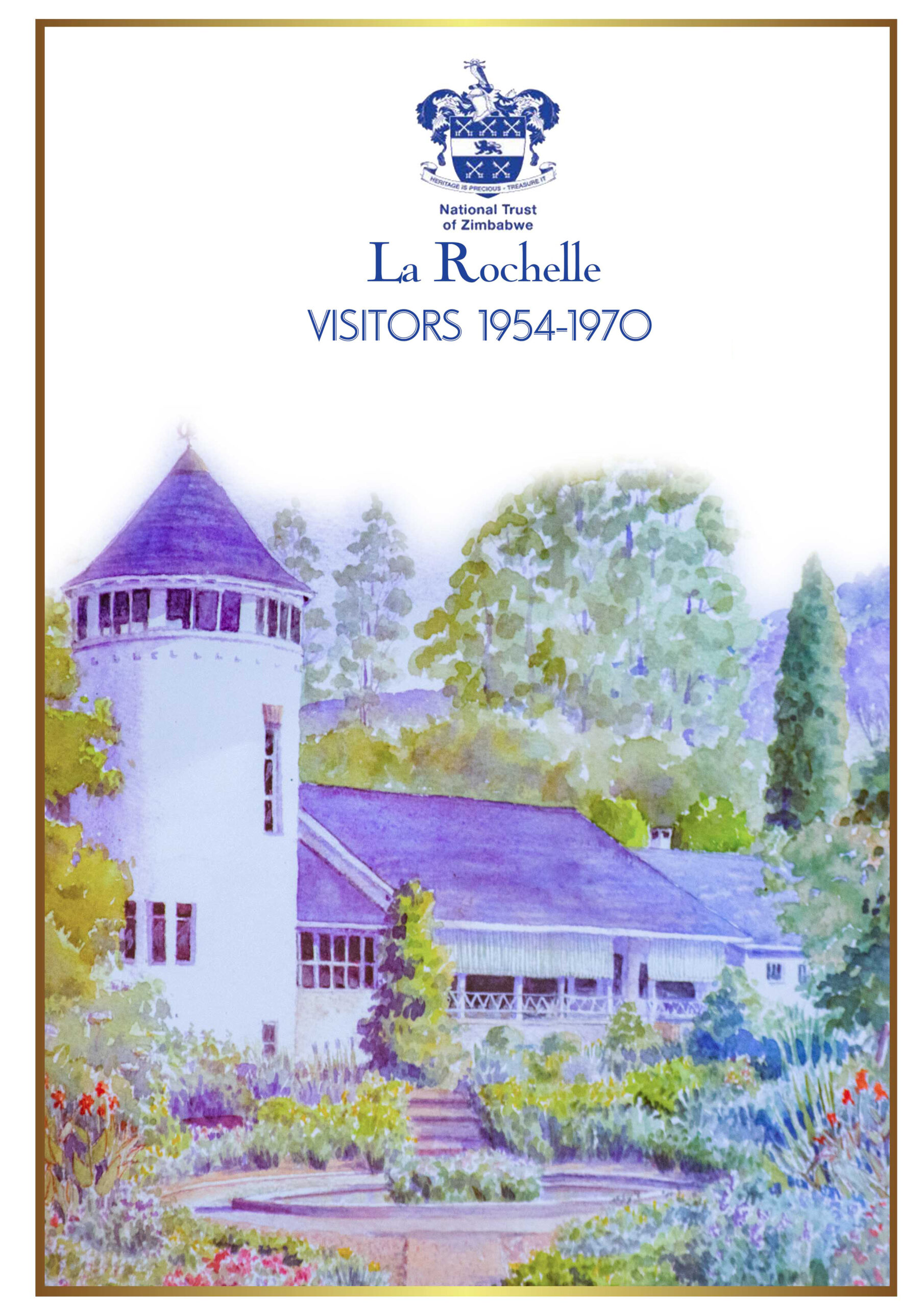

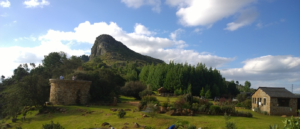
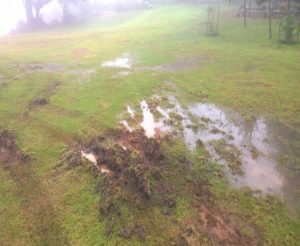
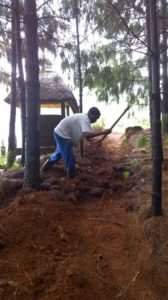



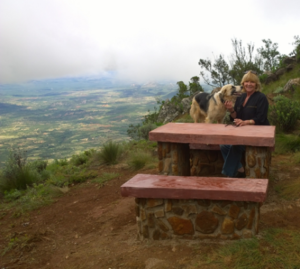



 USE NUMBER: 0775 907 595
USE NUMBER: 0775 907 595